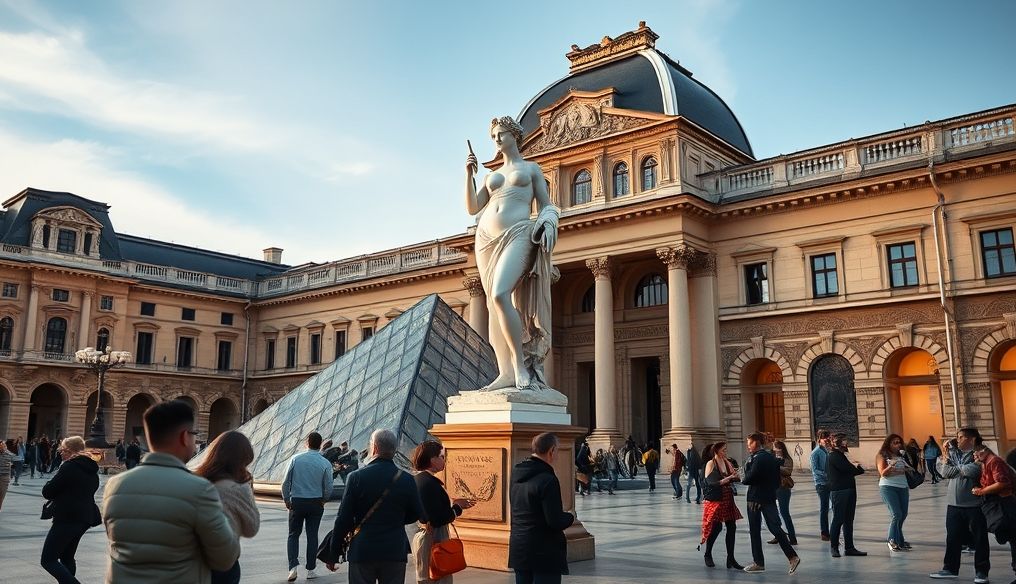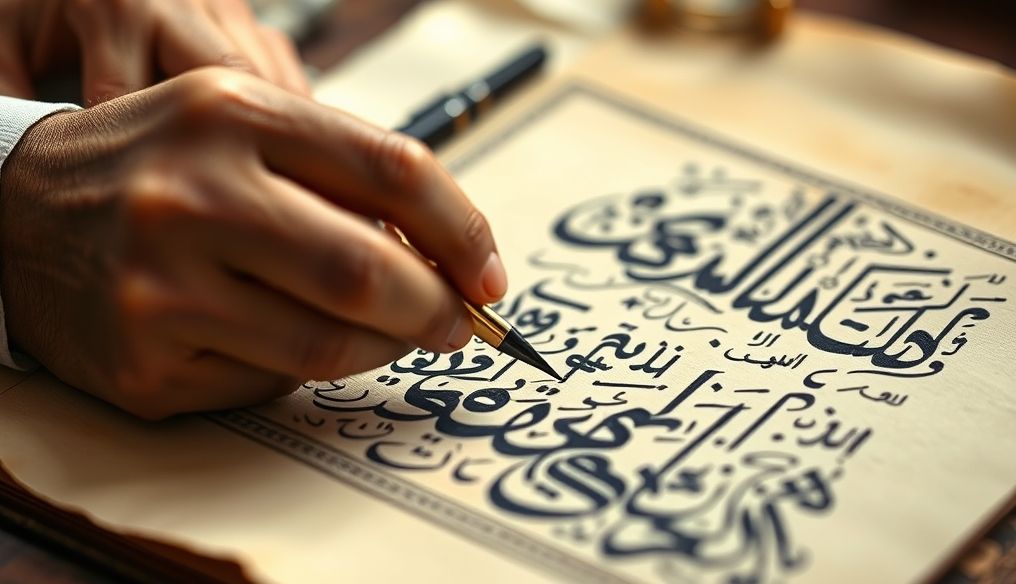What are Leonardo da Vinci's most famous paintings besides the Mona Lisa?
Leonardo da Vinci, the quintessential Renaissance artist, engineer, and scientist, left an indelible mark on the history of art. While his "Mona Lisa" is undoubtedly his most famous work, da Vinci produced many other paintings that are equally remarkable and significant. In this article, we will explore some of these famous paintings, delving into their artistic and historical details.
1. The Last Supper
The Last Supper is a timeless masterpiece depicting the moment Jesus Christ announced to his disciples that one of them would betray him. This mural, located in the refectory of the Convent of Santa Maria delle Grazie in Milan, Italy, is known for its dramatic composition and realistic expressions.
Significance of The Last Supper
- Artistic Composition: The composition focuses on Christ in the center, with the disciples distributed in balanced groups.
- Emotional Expression: Da Vinci demonstrates his skill in portraying the different reactions of the disciples upon hearing the news of the betrayal.
- Technique: Da Vinci used an experimental technique in the mural painting that led to the painting's deterioration over time, but it was later restored.
2. Lady with an Ermine
This portrait depicts Cecilia Gallerani, the mistress of Ludovico Sforza, Duke of Milan. The ermine is considered a symbol of purity and moderation, and may also be a reference to Gallerani's name (in Greek, "gale" means ermine).
Details of Lady with an Ermine
- Realism: Da Vinci shows exceptional skill in accurately depicting Cecilia's features and expressions.
- Symbolism: The ermine carries multiple symbolic meanings, adding depth to the painting.
- Composition: The dynamic composition of the painting reflects Da Vinci's interest in movement and expression.
3. Annunciation
This painting depicts the moment the angel Gabriel announces to Mary that she will conceive the Son of God. The painting is characterized by its bright colors and intricate details, reflecting Da Vinci's interest in the study of light and shadow.
Elements of Annunciation
- The Scene: The scene depicts the meeting of the angel Gabriel with Mary in a garden.
- Details: The attention to detail in clothing, wings, and plants shows Da Vinci's skill.
- Light and Shadow: The use of light and shadow adds depth and realism to the scene.
4. Saint John the Baptist
This painting is one of Da Vinci's last works, depicting Saint John the Baptist smiling with a mysterious gaze. John is shown pointing to the sky with his finger, symbolizing his role as a preacher of Christ.
Characteristics of Saint John the Baptist
- Mystery: The mysterious gaze and slight smile raise questions about John's character.
- Symbolism: The pointing to the sky symbolizes John's religious role.
- Influence: This painting influenced many later artists.
5. Adoration of the Magi
This unfinished painting depicts the arrival of the Magi to present gifts to the Christ Child. Despite being incomplete, it shows Da Vinci's vision of a complex and dynamic artistic composition.
Elements of Adoration of the Magi
- Composition: The dynamic composition shows movement and interaction of the characters.
- Details: The details in the faces and clothing show Da Vinci's skill.
- Incompleteness: Despite being incomplete, the painting is of great artistic value.
6. Bacchus
This painting depicts Bacchus, the god of wine and fertility in Roman mythology. Bacchus is shown sitting in a relaxed position, with a cup of wine in his hand.
Analysis of Bacchus
- Classical Influence: The painting shows Da Vinci's influence from classical art.
- Symbolism: Bacchus represents pleasure and fertility.
- Controversy: There is controversy over whether the painting is entirely by Da Vinci.
7. Saint Jerome in the Wilderness
This unfinished painting depicts Saint Jerome contemplating in the wilderness. The painting shows expressive power in portraying the saint's suffering and deep faith.
Features of Saint Jerome
- Expression: The expression of suffering and deep faith is evident in the saint's face.
- Composition: The composition focuses on the figure of the saint in the wilderness.
- Incompleteness: Despite being incomplete, the painting is of great artistic value.
8. Salvator Mundi
This painting depicts Jesus Christ holding a glass orb and raising his hand in a gesture of blessing. This painting has sparked widespread controversy about its authenticity, but it sold for a record amount in 2017.
Points about Salvator Mundi
- Authenticity: There is controversy over whether the painting is entirely by Da Vinci.
- Value: The painting sold for a record amount in 2017.
- Symbolism: The glass orb symbolizes the world, and the gesture of blessing symbolizes salvation.
Conclusion
Leonardo da Vinci's paintings, other than the Mona Lisa, represent priceless artistic treasures. By exploring these masterpieces, we can appreciate Da Vinci's genius and his lasting impact on the history of art.




